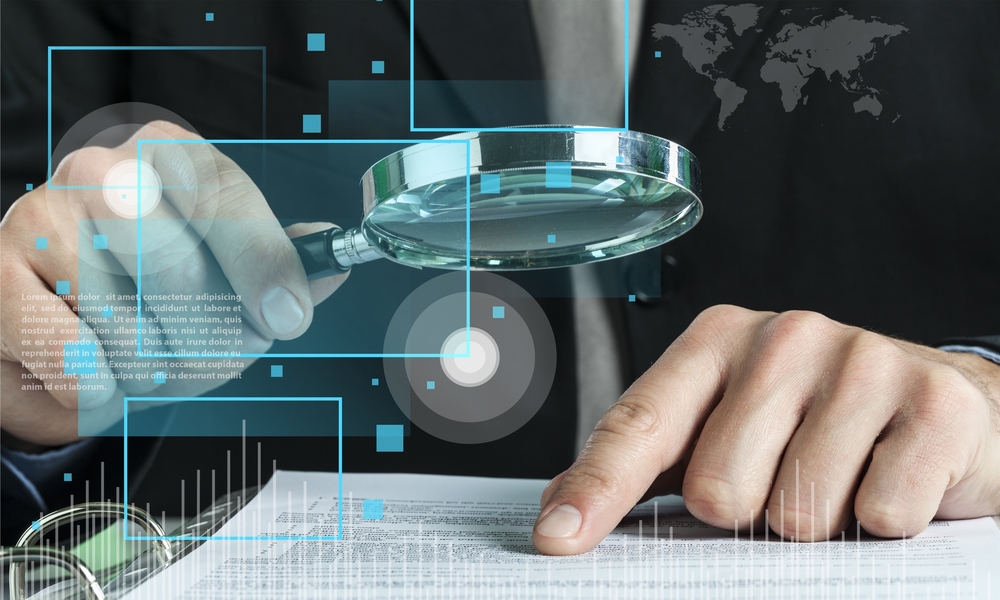Check Fraud Detection: The Intersection of Forensic Document Examination and Image Forensic AI
- OrboGraph's James Bi recently spoke at a conference about check fraud detection tools
- Image Forensic Technology is a powerful weapon against fraud
- Is AI replacing forensic document examination for banks? No!
OrboGraph's Marketing Manager and Check Fraud Detection Specialist James Bi was recently a featured speaker at the 2024 Scientific Association of Forensic Examiners Conference (SAFE) International Conference, a global gathering of forensic document examiners. Mr. Bi delivered a compelling presentation focused on the evolving landscape of check fraud and how OrboGraph's OrbNet Forensic AI was developed using the 21 discriminating elements or principles forensic document examination.
Key highlights from the presentation included:

- Check Fraud Trends: An analysis of recent data showcased the increasing sophistication of check
fraud schemes and how they impact financial institutions and businesses. - Major Check Fraud Types: A detailed examination of the characteristics that define various types of check fraud, including counterfeits, forgeries, and alterations.
- Examination of Check Images: Guidance on what to look for when assessing images of checks,
empowering forensic examiners to provide expert guidance to financial institutions. - The Role of Forensic Document Examination: Discussion on how traditional principles of forensic
document examination have significantly influenced the development of image forensic AI, enhancing the accuracy and efficiency of fraud detection.
Relating Image Forensic AI and Forensic Document Examination

For many fraud investigators, forensic document examiners are seen as experts that assist in a variety of fraud cases -- including check fraud. Forensic document examiners are brought in to review documentation like checks to provide their expert opinions if elements of the check are fraudulent, such as counterfeited documentation and forged signatures. Typically, these cases are high profile, with hundreds of thousands to millions of dollars stolen.
As noted by Mr. Bi:
"Many of the attendees were familiar with check fraud and had experience working different individual cases. However, when presenting the scope of check fraud across the industry, most of the attendees were surprised to see how much fraud was occurring."
As. Mr. Bi presentation moved into Image Forensic AI and how OrboGraph developed the technology utilizing the 21 discriminating elements/principles, attendees were impressed to see the capabilities.
"The response from attendees was overwhelming. They were able to grasp the technology quickly and saw how they utilize the 21 discriminating elements/principles were similar to how we utilize them to analyze the images of checks."
A question from the group -- one that occurs many times when it comes to AI -- was if AI was replacing forensic document examination for banks. And, of course, the answer is a resounding NO. Mr. Bi explained that, with the amount of check fraud occurring, there is simply no way humans can perform all these analysis or match the speed at which AI performs the analysis. Furthermore, in the scope of fraud investigations, Image Forensic AI stands at the front or the process, alerting the bank to check fraud. Forensic document examiners typically are brought in further down in the investigation. Additionally, banks cannot present AI as an expert witness in trial.
With the proliferation of check fraud across the industry, both technology and forensic document examiners will play a major role. Our OrbNet Forensic AI technology will continue to assist financial institutions in detecting counterfeits, forgeries, and alterations -- preventing losses. Forensic document examiners will continue to play their role when fraud investigators are looking into major cases, providing their expert opinions on fraudulent checks to put away criminals.
